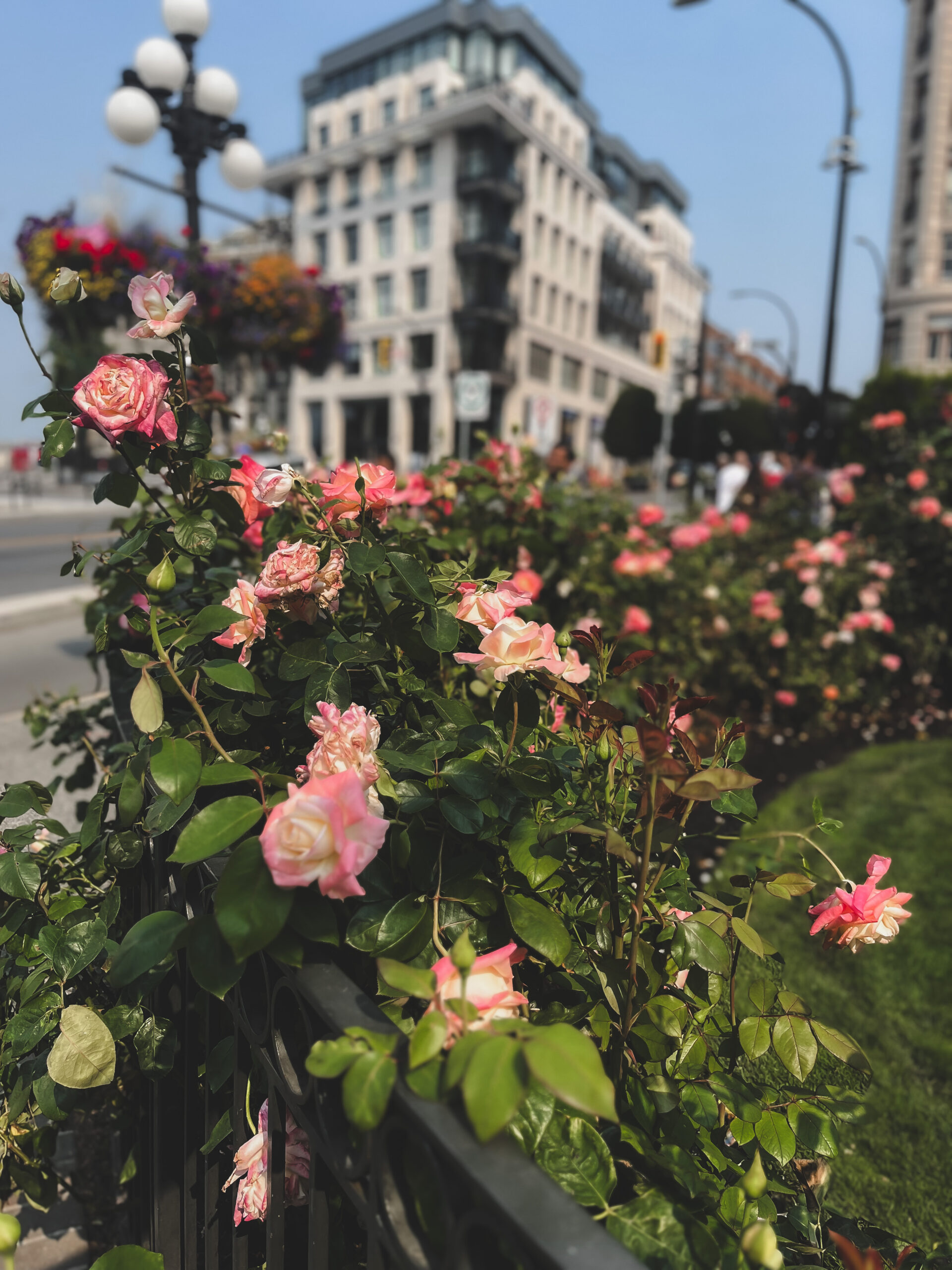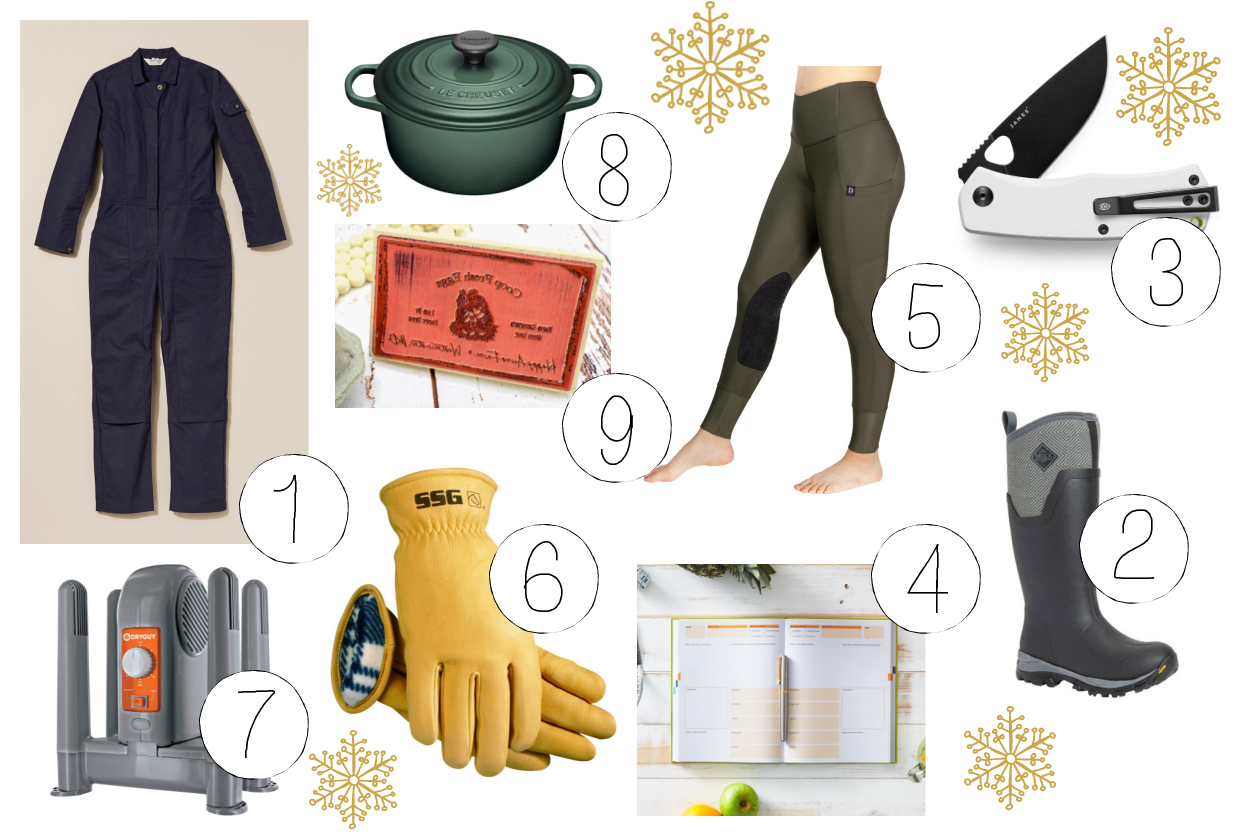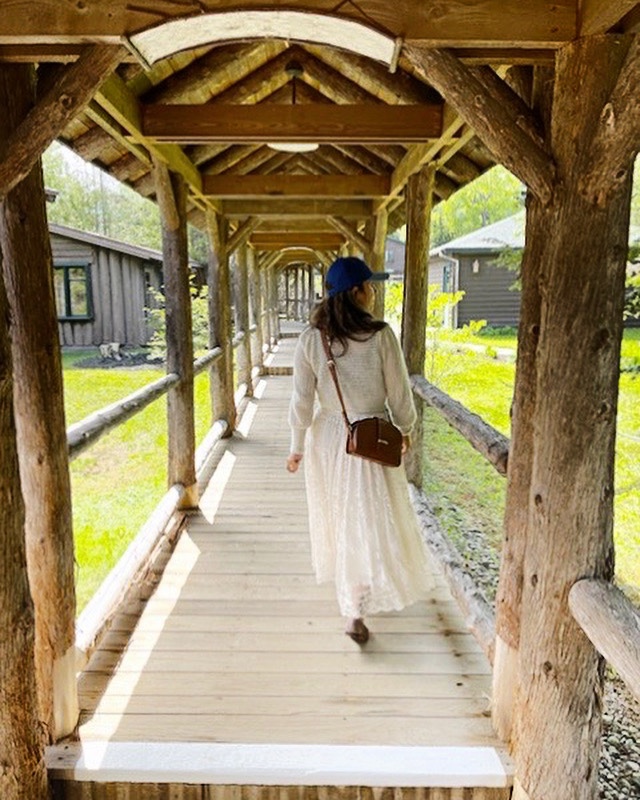Farmer Meets Death

When I started this whole thing, no one told me much about the death. There was a lot of talk about chicks and ducklings, a fuzzy lamb or two. A crisp glass of white wine at the end of a long day of haying, sunlight lighting us up like a feature, a couple of muddy dogs lying at our feet.
But what they didn’t explain was the trade-off. The piece that I would have to give away to hold on to all the moments in between. I’d get a sun-soaked morning admiring the dahlias in the garden, only to let the ducks out and realize that the only one I’ve gotten around to naming is missing. It was dark when I put them in — he must have lingered in the creek a little too long.
Then there he is. His body lying on the sandy bank of the stream, his proud chest puffed up to the sky. You get a little closer and see that his neck and head have been removed, the inside of his tiny body hollow.
I might have cried before. Today, I pick the carcass up and curse myself for naming him in the first place and carry his body far enough so the dogs won’t find it and the raccoons won’t come back for more.
So it is. Behind every pretty picture that I have taken there is a darker lining, parts that remain unphotographed, except by a brave few. Those chicks that are raised in the spring — they either become egg-layers or meat for the table. The chubby piglet in the barnyard? Depending on the breed, that same pig will be turned into pork come fall. The cow in the field shares a similar fate. But it is not because they are unloved, or because I am selfish — it is because somebody has to grit their teeth and face the things that we have to do to hold onto this life. To understanding life, how it really works when the computers are off and the lights are out. From butchering a cow to pulverising the earth to make fields to grow more food. To listen to the criticism of those who have never stood there at three o’clock on a freezing morning in March, watching as a sow sorts through the straw, screaming for the stillborn that she bore, even when there are five piglets wriggling around beside her. To carry the weight of it all as the population continues to grow, to demand more than they have earned.
It’s a fair give and take — farm animals cannot exist in the wild, after all. Aside from the horror of a petting zoo, I have yet to hear a possible alternative. The wild animals themselves are having a hard enough time as it is — they are making their way into cities, pushed out of their forest homes in search of food. And we are terrified of them. Boar are dangerous — and so they have been outlawed on farms in Ontario. I chose to raise animals to better understand where the foundation of living comes from — and in the process learned the difference in the quality. What is being made available to the masses is controlled and frankly, disgusting.
It isn’t even the butchering, though. That forceful bit of death is expected. I know what it is and I walk into it, knowing what the work is. It is the in-between that hurts the most. The deaths I used to keep track of but can’t anymore, because they are a part of living. When a sow gives birth and passes the initial danger stage, I still find myself cringing when I look over the stall door in the morning — what will I find? Am I ready for it?
It’s usually nothing. My day continues on. But once in awhile I’ll stumble upon a carcass, either hardened by the chill of the night or moments following that last breath and something will be taken from me, a piece that is sacrificed so that I may understand the delicate balance of it all.
I must hand it over to keep going.
And so I do. I don’t know for how much longer, though.

On Writing the Hard Things
You May Also Like
Planting Garlic: When is it too late?
13 December 2021
Farmer Christmas Gift Guide: For Her
5 December 2021

